Rhododendron: A Kaleidoscope of Beauty and Diversity
Rhododendron, a mesmerizing genus of plants, encompasses an astonishing array of evergreen or deciduous shrubs and small trees. With nearly 1,000 known species and over 28,000 named varieties, Rhododendrons captivate the hearts of garden enthusiasts worldwide. Notably, the subgenus Azalea is part of the Rhododendron family, distinguished by the presence of five anthers. These remarkable plants showcase their magnificence across diverse climates, thriving in regions of Asia, North America, Europe, Russia, Australia, and Greenland. Notably, Rhododendron holds the esteemed title of being the national flower of Nepal.
Belonging to the Ericaceae family, Rhododendrons exhibit remarkable diversity in size, ranging from compact 1-meter specimens to towering trees standing at 30 meters tall. Some species boast scales or hair on the undersides of their leaves, adding an intriguing texture to their foliage. Propagation of Rhododendrons can be achieved through methods such as air layering, stem cuttings, and the production of shoots from their roots, allowing gardeners to expand their collection and share the beauty of these enchanting plants.
Flamboyant Blooms and Captivating Aromas
Rhododendrons enchant with their splendid flowers and, in some cases, captivating fragrance. The blooms come in an astonishing array of shapes, colors, and sizes, providing an endless palette of floral beauty. From delicate pastels to vibrant hues, Rhododendron flowers are a sight to behold.
While fragrances may vary among species and varieties, some Rhododendrons release a delightful aroma that further enhances their allure. The fragrance can range from sweet and delicate to invigorating and intoxicating, creating an enchanting sensory experience for those in their presence.
Cultivation Guidelines for Rhododendrons:
Rhododendrons showcase their floral brilliance during specific seasons, and understanding their unique requirements is essential to ensure their optimal growth and blooming.
Sunlight: The sunlight preferences of Rhododendrons vary depending on the climate in which they are cultivated. In cooler regions, they generally appreciate full sun exposure. However, in areas with warmer temperatures, filtered light provided by the shade of larger trees is often ideal. Finding the right balance of sunlight ensures the health and vitality of these captivating plants.
Watering: Rhododendrons thrive in well-drained soil that retains moisture without becoming waterlogged. While they favor moist conditions, it is crucial to strike a balance and avoid excessive watering, as they can be susceptible to root rot. Consistent soil moisture levels contribute to their overall well-being and promote prolific flowering.
Soil: Creating the optimal soil conditions for Rhododendrons is paramount. These plants thrive in acidic soils, rich in organic matter. Well-drained soil with good oxygenation facilitates healthy root development. It is advisable to avoid clay and alkaline soils, as they can hinder the growth and performance of Rhododendrons.
Pests and Diseases: While generally resilient, Rhododendrons may encounter pests and diseases. Vigilance is key, and regular inspections can help identify and address potential issues promptly. Adequate spacing between plants, good airflow, and implementing appropriate pest control measures contribute to their overall health.
Propagation of Rhododendron:
Rhododendrons offer exciting possibilities for propagation, allowing gardeners to propagate new plants and share the marvel of these captivating specimens. Air layering, stem cuttings, and the production of shoots from roots are effective methods to expand one’s Rhododendron collection and contribute to the preservation of their breathtaking beauty.
Beyond their ornamental value, Rhododendrons have also found utility in traditional medicine. These plants possess anti-inflammatory and hepatoprotective properties, making them valuable in various therapeutic applications. In Nepal, Rhododendron is even considered edible, with the flowers being pickled or juiced.
Rhododendrons, with their remarkable diversity and beguiling beauty, stand as a testament to nature’s artistic prowess. Whether adorning gardens, landscapes, or even traditional medicinal practices, these plants bring joy and enchantment to those who encounter them. By providing the appropriate sunlight, watering, and soil conditions, while remaining attentive to potential pests and diseases, gardeners can cultivate thriving Rhododendrons that paint their surroundings with a kaleidoscope of colors. So, embrace the allure of Rhododendrons and embark on a journey of botanical fascination.
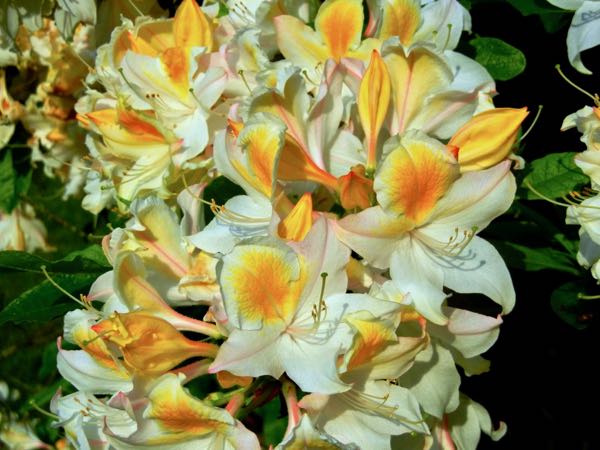

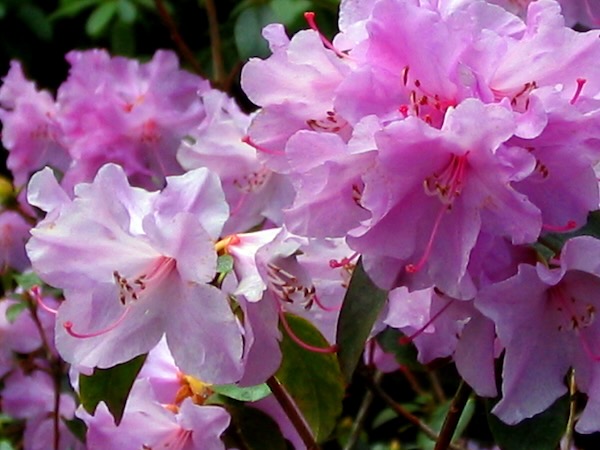

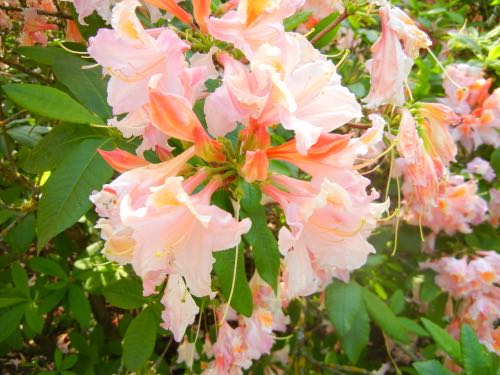
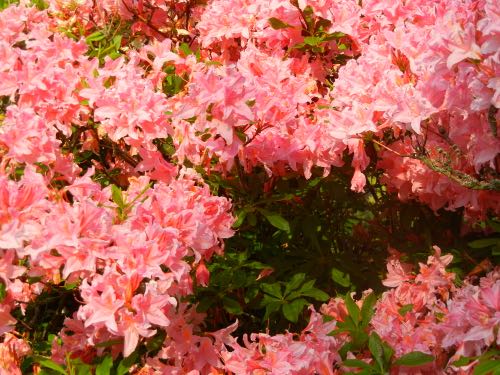
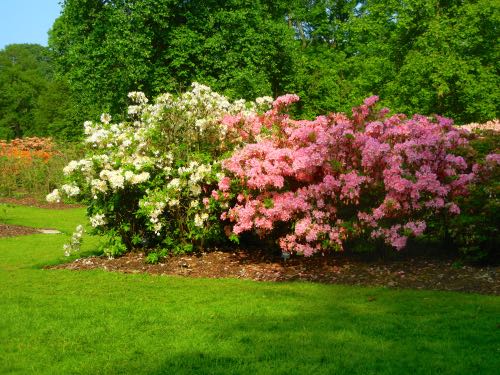

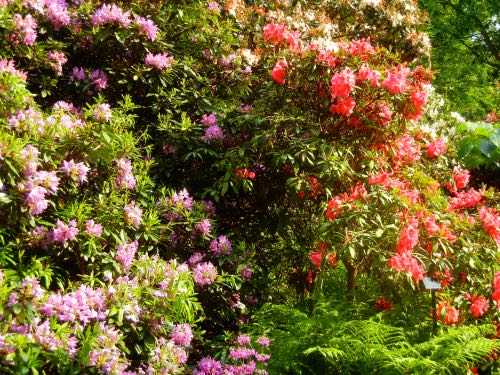
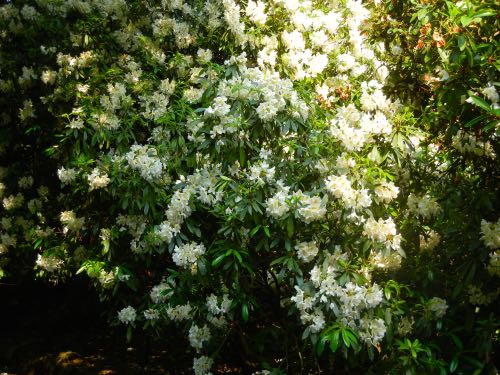
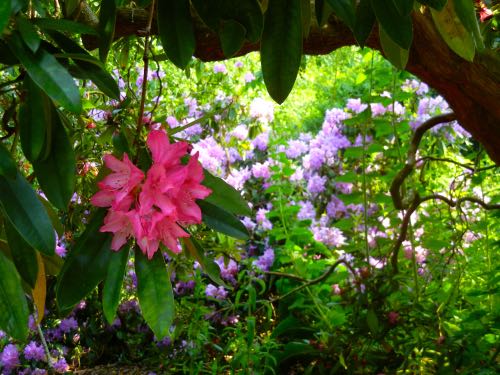
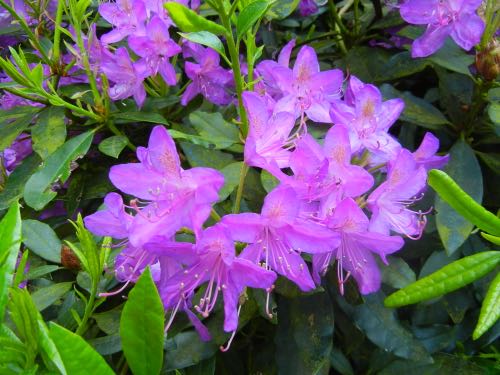
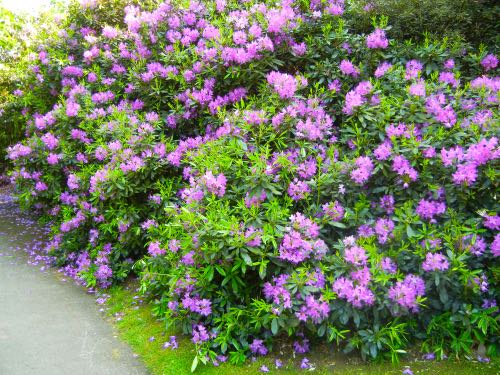
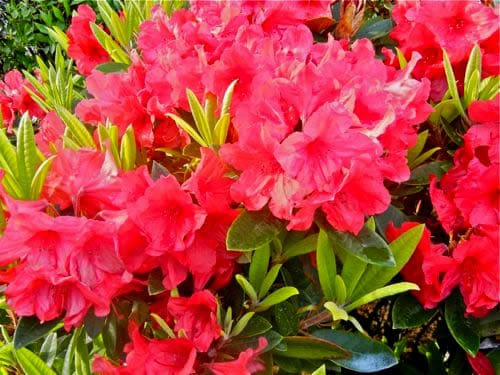
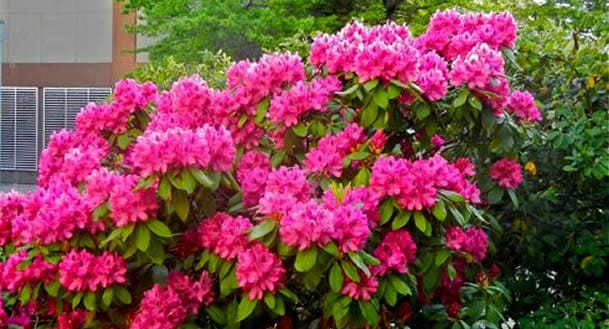
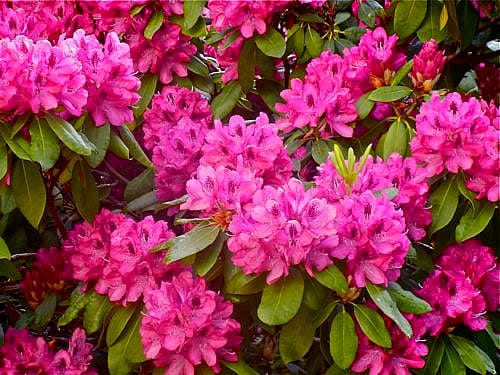
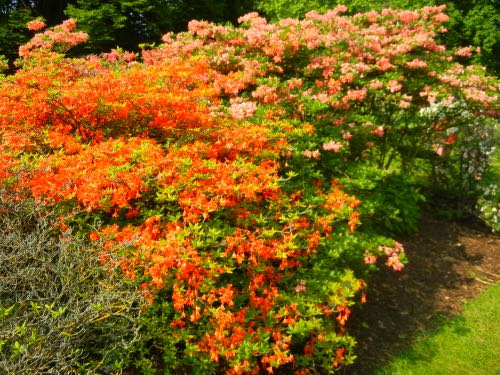
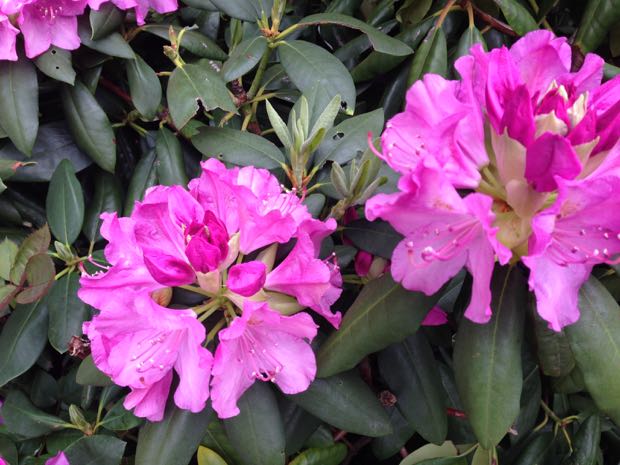




try it again I tried and it seems to be working… thanks for your interest…